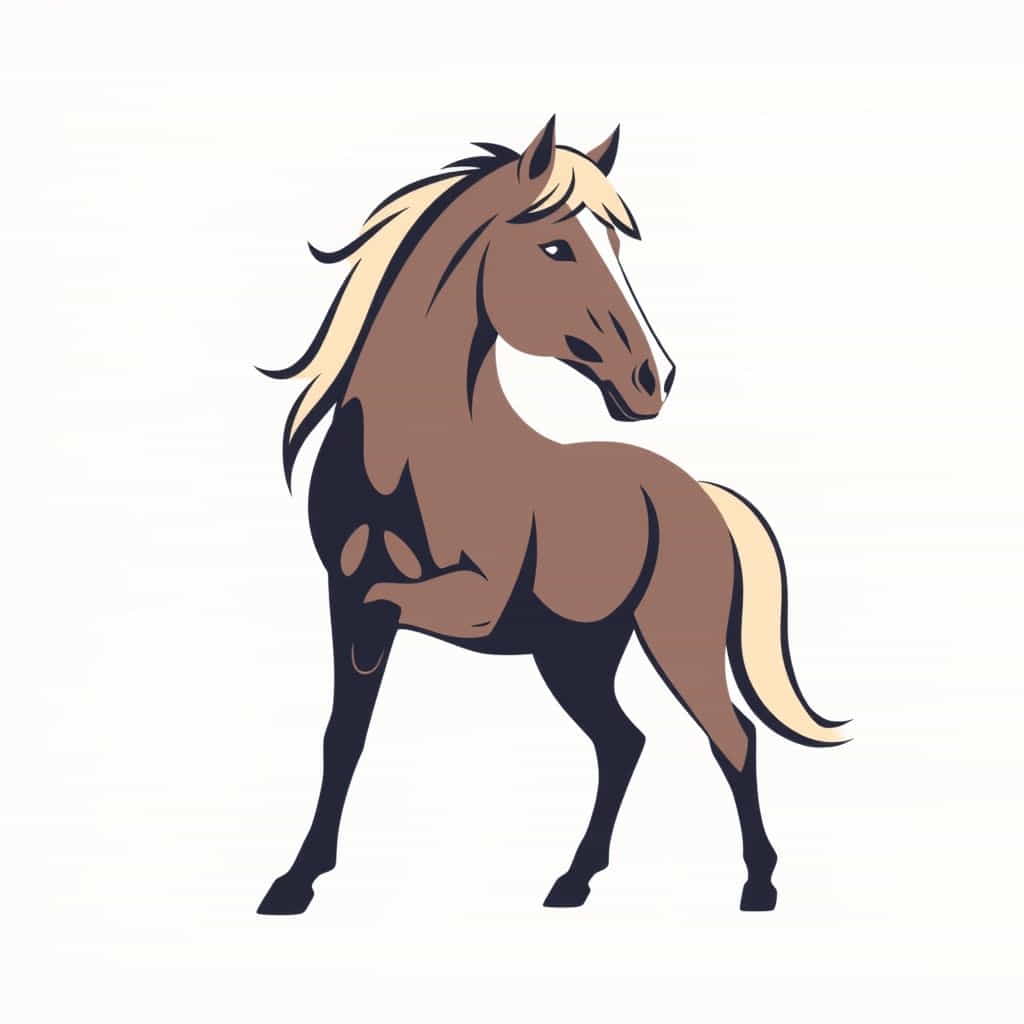A roan horse is a horse with a distinctive coat pattern characterized by a mix of white and colored hairs. Unlike gray horses that lighten over time, roan horses retain their unique coat color throughout their lives. This coat pattern can appear in different colors, including blue roan, red roan, and bay roan.
This topic explores what makes a horse roan, the different types of roan horses, genetic factors, and how to care for them.
1. Understanding the Roan Coat Pattern
A roan horse has a blended coat where white hairs mix evenly with colored hairs on the body, while the head, lower legs, and mane remain solid-colored. This unique pattern gives the horse a frosted or speckled look.
Unlike gray horses, which fade over time, roan horses keep their color throughout their lives. However, their coat may appear darker or lighter depending on seasonal changes or coat shedding.
2. Types of Roan Horses
Roan horses come in several different colors, depending on their base coat. The three most common roan colors are blue roan, red roan, and bay roan.
2.1 Blue Roan
✔ A blue roan horse has a black base coat with white hairs evenly distributed.
✔ The mane, tail, and lower legs are usually solid black.
✔ Blue roans can appear darker or lighter depending on seasonal shedding.
2.2 Red Roan
✔ Red roan horses have a chestnut base coat mixed with white hairs.
✔ Their mane and tail are usually red, flaxen, or mixed.
✔ They are sometimes called strawberry roans.
2.3 Bay Roan
✔ A bay roan horse has a bay base coat (reddish-brown body with black mane, tail, and legs).
✔ White hairs blend into the bay coat, creating a reddish-roan appearance.
✔ They often appear darker than red roans because of their black points.
Other variations include dun roans, buckskin roans, and palomino roans, though these are less common.
3. The Genetics of Roan Horses
Roan coloring is controlled by the roan gene (Rn), which is dominant. This means that a horse only needs one copy of the gene to display the roan pattern.
3.1 How Roan Is Inherited
✔ A horse with one roan parent has a 50% chance of being roan.
✔ Two roan parents can produce non-roan or roan offspring.
✔ Roan foals are born with their coat color and do not change over time.
The Rn gene does not affect the mane, tail, or lower legs, which is why these areas remain solid-colored in most roan horses.
4. Differences Between Roan and Other Coat Colors
Roan horses can sometimes be confused with other coat colors, such as gray, rabicano, and varnish roan. Here’s how they differ:
4.1 Roan vs. Gray Horses
✔ Roan horses keep their mixed color throughout life, while gray horses gradually turn white.
✔ Gray horses are born dark and lighten with age, while roan foals already show their roan pattern.
4.2 Roan vs. Rabicano
✔ Rabicano horses have white hairs concentrated near the flanks and tail rather than evenly spread.
✔ Rabicano is more of a splash effect, while roan is a uniform mix.
4.3 Roan vs. Varnish Roan (Appaloosa)
✔ Varnish roan appears in Appaloosa horses, with white hairs increasing over time.
✔ Unlike true roans, varnish roan has mottled skin and leopard spots.
Recognizing these differences helps in correctly identifying a true roan horse.
5. Roan Horse Breeds
Roan coloring appears in many horse breeds, but some breeds are more likely to carry the roan gene.
5.1 Common Roan Horse Breeds
✔ American Quarter Horse – One of the most common roan breeds, recognized by the AQHA.
✔ Tennessee Walking Horse – Often found in blue and red roan varieties.
✔ Appaloosa – While mostly spotted, some have true roan coats.
✔ Belgian Draft Horse – Frequently bred for red and bay roan coats.
Certain breeds, such as Thoroughbreds and Arabians, do not naturally carry the roan gene.
6. Caring for a Roan Horse
Roan horses require the same general care as other horses, but their coat may need extra attention.
6.1 Grooming a Roan Horse
✔ Regular brushing keeps the white and colored hairs clean.
✔ Bathing with mild shampoo helps maintain the coat’s shine.
✔ Sunscreen or fly sheets can protect lighter coats from sunburn.
6.2 Feeding and Nutrition
✔ Roan horses need a balanced diet with high-quality hay, grains, and minerals.
✔ Adequate protein supports healthy coat growth.
✔ Omega-3 supplements can enhance coat shine.
6.3 Health Considerations
✔ Roan horses are generally healthy, but their light-colored skin may be prone to sunburn.
✔ Regular veterinary checkups ensure good overall health.
✔ Hoof care is essential, as poor maintenance can lead to lameness issues.
Proper care helps roan horses look and feel their best.
7. Fun Facts About Roan Horses
✔ The term "roan" comes from the Old French word "rouan", meaning mixed-colored.
✔ Some roan horses experience roaning intensification after injuries, where white hairs grow back in scars.
✔ Famous roan horses in history include Blue Valentine, a legendary blue roan Quarter Horse stallion.
Roan horses are admired for their unique beauty, strong genetics, and versatility.
Roan horses stand out for their beautifully mixed coat colors and remain popular in various horse breeds. Whether blue, red, or bay roan, these horses keep their distinct coloring throughout life.
Understanding the genetics, care, and characteristics of roan horses helps horse owners provide the best environment for these stunning animals. Whether in racing, ranch work, or pleasure riding, roan horses continue to capture the admiration of equestrians worldwide.
